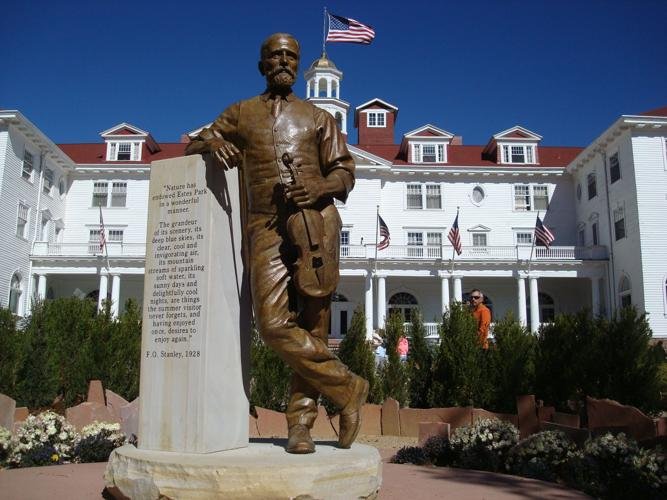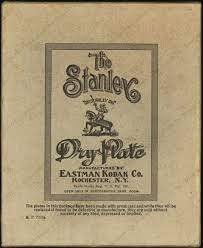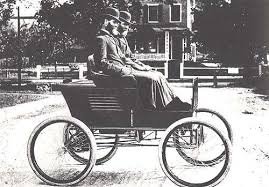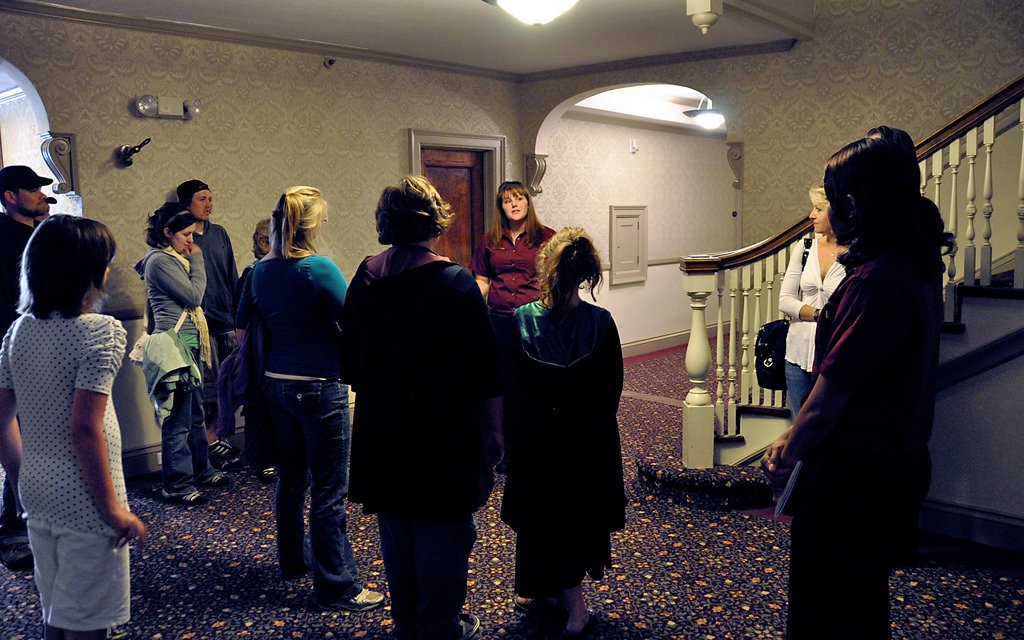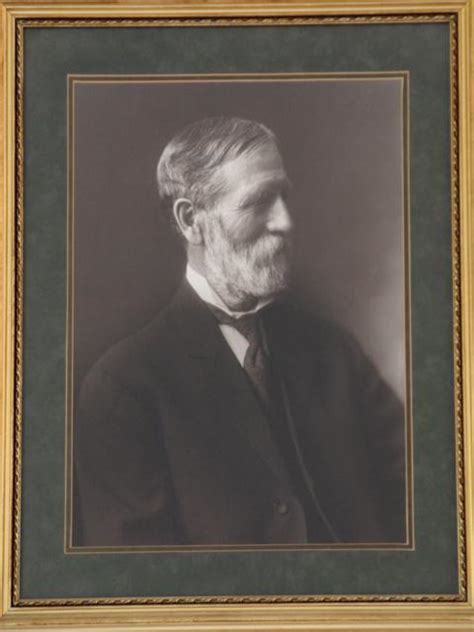THE STEAMER, "THE SHINING," AND THE STANLEY HOTEL
ESTES PARK, COLORADO — When he first came to the mountains, F.O. Stanley was a walking corpse. Standing 5’11” in his Victorian rectitude, he weighed 118 pounds. One doctor gave him six months to live; another said TB would kill him by summer’s end. Not even his vast wealth could save him, so why not spend his final days in paradise?
Taking the advice, Stanley took the keys to a doctor’s cabin in the Rockies. Back in the day (1903), the only road was fit for horse and buggy. The nearest town was just a few huts clinging to life. But the doctor promised to visit the cabin in September, and to take Stanley’s body home to Massachusetts. This dark story, however, had a twist.
That September, when his doctor came for the body, he found it hiking five miles a day. F.O. Stanley lived another 37 years, coming every summer to the Rockies, on doctor’s orders. Needing a homey place for his beloved wife, and for friends coming from Massachusetts, Stanley did what he always did — he built.
Throughout the late 19th century, F.O. Stanley put his name on American products. School children used the Stanley Practical Drawing Set. Photographers bought Stanley Dry Plates, which simplified photography and made him a multi-millionaire. And as the 20th century approached, Stanley dabbled in that newfangled craze — automobiles. Within a decade, the Stanley Motor Carriage Company made the fastest vehicle on earth, the Stanley Steamer. (Top speed — 127 mph).
But today, crowds come to Estes Park to see a different Stanley product. The Stanley Hotel overlooks craggy peaks and the town where F.O. Stanley came to die. The hotel is no longer a glittering yellow, as when it opened in 1909. But with its stately lobby, opulent rooms, and world class view, the Stanley is a pricey place — rooms starting at $329. Despite the cost, guests come from all over the world. A few are drawn by ballrooms and chandeliers. Some come for the view. But most come because you can’t make up a story like F.O. Stanley’s, not even if you’re the crown prince of page-turners.
When Stephen King first came to these mountains, it was a dark and stormy night. King had already written Carrie and Salem’s Lot, but his latest thriller was dead on arrival. Leaving his young son with a babysitter in Boulder, King and his wife headed for Grand Lake. When a snowstorm turned them back, they spotted a huge hotel looming on a hill.
By 1974, the Stanley Hotel, once host to presidents, emperors, and movie stars, was a creepy old place. Paint peeled. Lights flickered. Ghosts were said to haunt certain rooms. Stephen King felt right at home. He checked into Room 217, let his wife sleep, and wandered the halls, alone.
That night, King dreamt of seeing his son strangled in the Stanley Hotel. Bolting awake, he stepped onto the balcony. By the time he finished a cigarette, he had dreamed up the characters, the opening, and the plot of The Shining.
The classic Stanley Kubrick movie was not shot at the Stanley. Seems Kubrick didn’t want to leave England, so that’s a stage set door Jack Nicholson smashes through. But King’s vision haunts this place.
“Any big hotels have got scandals," King wrote in The Shining. "Just like every big hotel has got a ghost. Why? Hell, people come and go. Sometimes one of ‘em will pop off in his room, heart attack or stroke or something like that. Hotels are superstitious places.”
The Stanley Hotel’s Night Spirit Tour sells out day after day. And don’t even try to book Room 217. It’s reserved six months ahead and booked for Halloween years in advance.
But the spirit that dominates the Stanley Hotel is not Stephen King’s. The spirit behind the Stanley, with an ending happier than “The Shining,” is that of an industrious man with a need to build, and to help.
The Rockies saved his life, so F.O. Stanley returned the favor. Pouring his money into Estes Park, he had roads paved, water and electricity hooked up. He bankrolled schools, sidewalks, streets, and a sawmill. He brought elk to the mountains, where they still roam Rocky Mountain National Park, which Stanley helped establish.
By the time Flora Stanley suffered a fatal stroke in the lobby of the Stanley Hotel, F.O. Stanley was “the grand old man of Estes Park.” But he could not live long without his wife of 63 years. Stanley took Flora’s body home to Massachusetts, bidding the mountains goodbye. He left his name, his hotel with a Stanley Steamer in the lobby, and a national park.
“A lot of folks, they got a little bit of shine to them,” Stephen King wrote in The Shining. “They don't even know it. But they always seem to show up with flowers when their wives are feelin’ blue. . . They got a good idea how people are feelin’ as soon as they walk into a room.”


